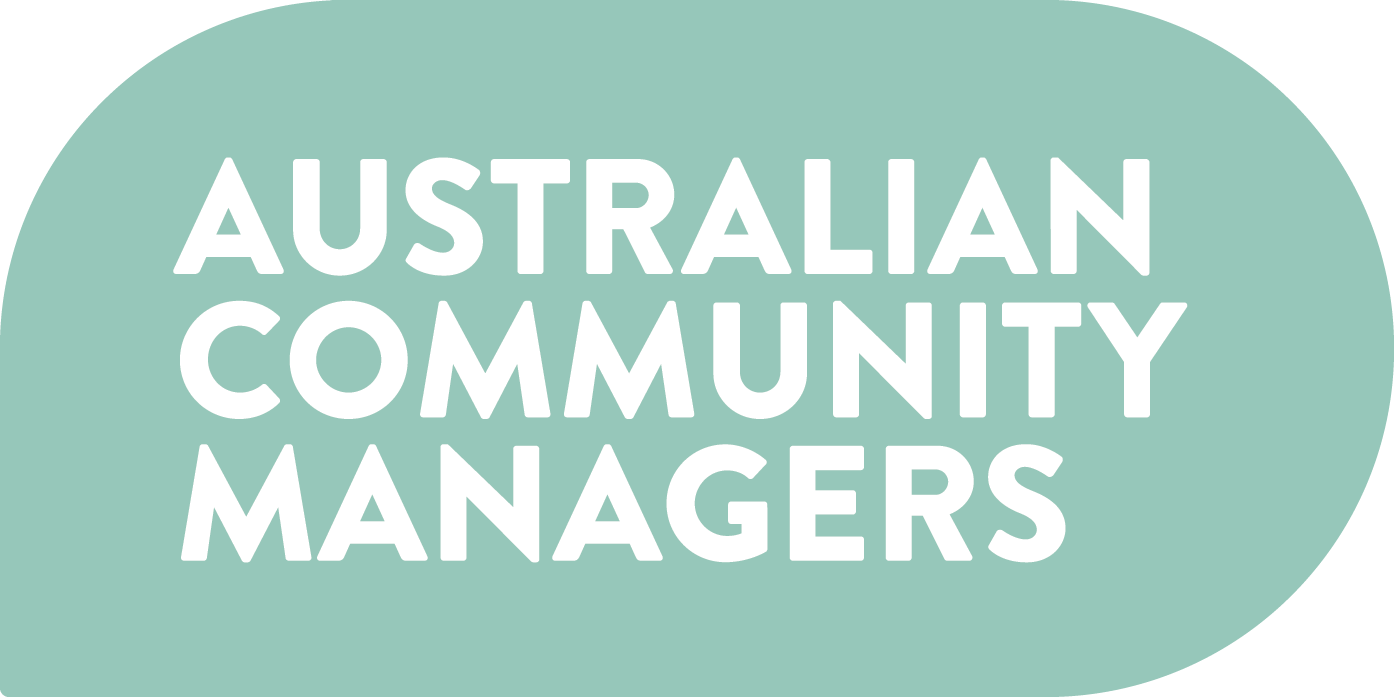Tips for Moderating LGBTQIA+ Friendly Spaces
Is it possible to build online safe spaces for community members, even when you cannot (and probably shouldn't) identify them?
After 10 years of building a social science framework for community health, online community architect and community health researcher Samantha "Venia" Logan shared her framework for building LGBTQIA friendly spaces at the inaugural All Things In Moderation conference.
Inclusion as a social contract: a framework for safe spaces
Think of diversity, equity, inclusion and belonging as terms in a social contract.
In every discussion you have with LGBTQIA+ community members about these terms, you exchange social currency. By building that social currency and choosing LGBTQIA+ people over larger political and financial systems, you fulfil the requirements of this social contract, helping your community members feel respected and listened to.
However, the impact of your social listening is limited by what you choose to listen to in your community and how you choose to listen to LGBTQIA+ voices. So how can you put it into practice to build safer spaces for LGBTQIA+ community members?
Venia offers her insights.
Tips for moderating LGBTQIA+ safe spaces
1. Create exclusivity to breed inclusivity.
Rather than trying to expand your services to be inclusive, focus on where the exclusive boundaries of your community are and why those boundaries are important.
E-commerce, hyper-targeted marketing and big data have created an increased lack of privacy for those who are closeted or questioning, so it may be helpful to create boundaries for who can view or join conversations. For example, you might consider building smaller support groups for LGBTQIA+ members based on interests or shared experiences, then connecting them to a broader social network within your community.
Consider who gets to make the decision for how these groups are separated, what value they hold, and who connects these community spaces.
2. Be aware of potential power imbalances.
Out and proud moderators can provide excellent support for your community. However, their perceived level of experience may be intimidating to someone who is closeted, making self-disclosure more difficult for closeted members.
To combat this, you can create different informal channels within your community for people to talk, with the in-built capacity to have conversations you cannot control or even see.
Stratifying your community in such a way is important as it not only makes it easier for people to self-disclose, but it can help keep task-oriented and relationship-oriented conversations separate.
Venia discusses exclusivity power and stratification in online roleplay groups
3. Set precedents in your community and give them momentum.
Moderators can help create larger cultural changes that help LGBTQIA+ members by starting small. Don’t try to force change within your community: instead, set precedents and give them momentum until the community starts implementing and reproducing these changes its own.
Every day, you can give one community member a little bit of power, identify one person's silent voice and tackle it, or find one policy in your community you can change. Moderators can then help move these changes from active community promoters to external community stakeholders.
4. Focus on culture first and strategy second.
It's great to have big plans for your community, but in order to create viable changes for the benefit of LGBTQIA+ people, focus on changing behaviours and sentiments within your moderation practices first.
To address behaviours and sentiments within your community, yourself or your team might ask: How are we serving community goals? Are we fulfilling our social contract? Are we creating with or for community members? Report back to your community members on what you discover.
Implementing these tips will ensure you are able to champion safety, security, and anonymity, building a more inclusive culture for LGBTQIA+ community members.
All Things in Moderation ran online 11-12 May 2023 and featured over 25 expert contributors from around the world and across practitioner, academic and policy disciplines.



